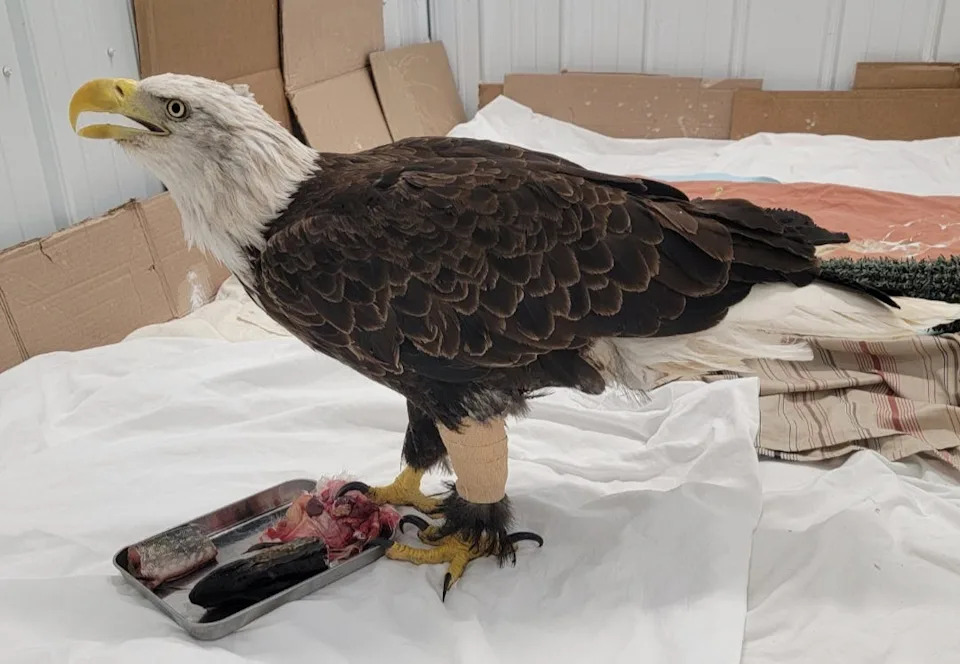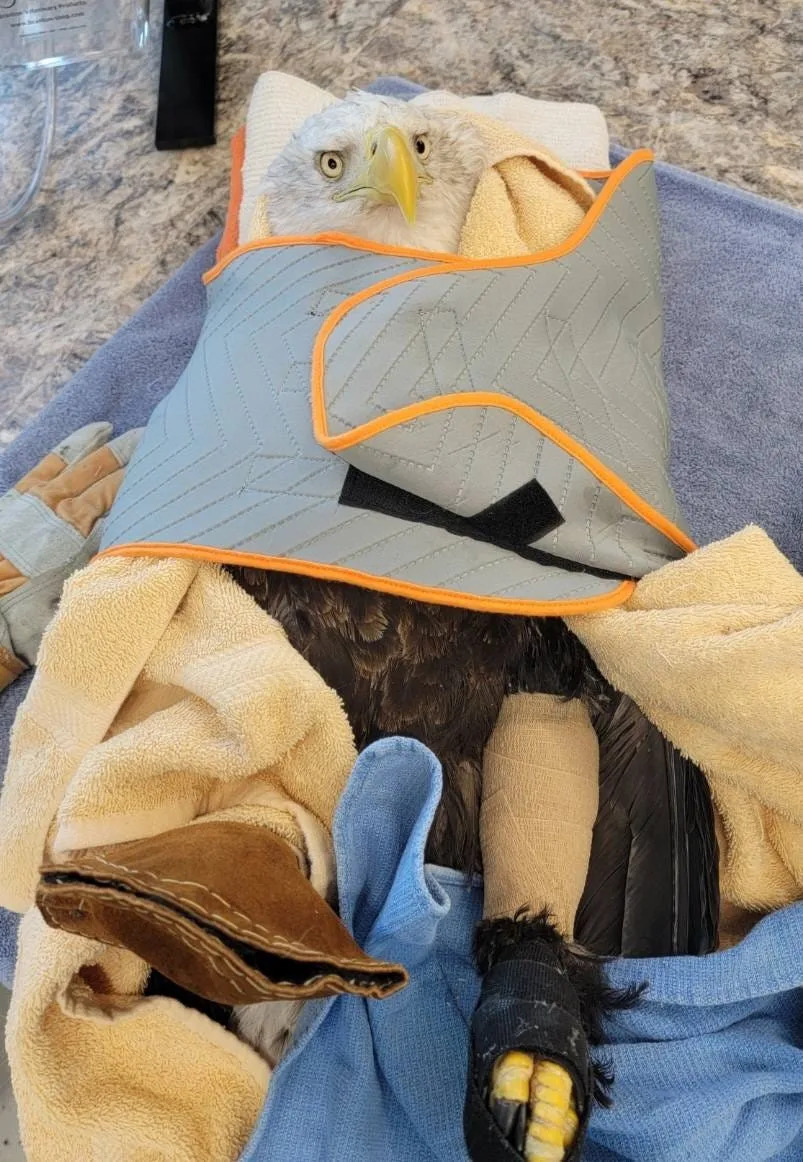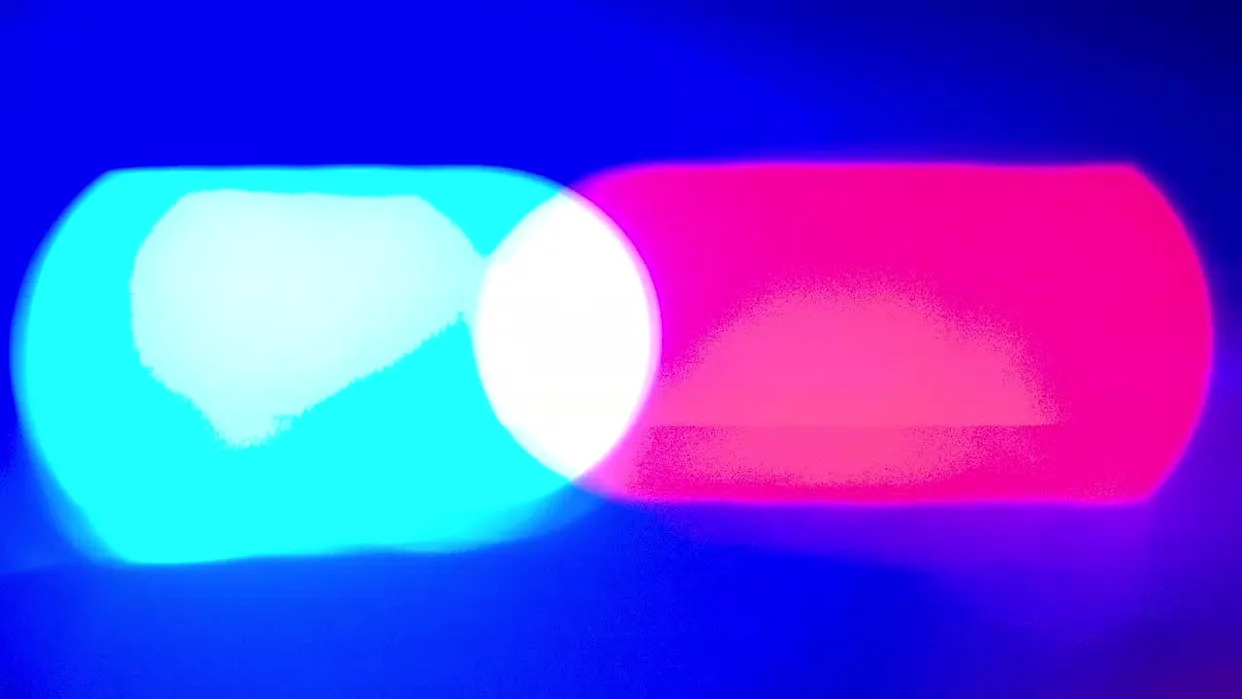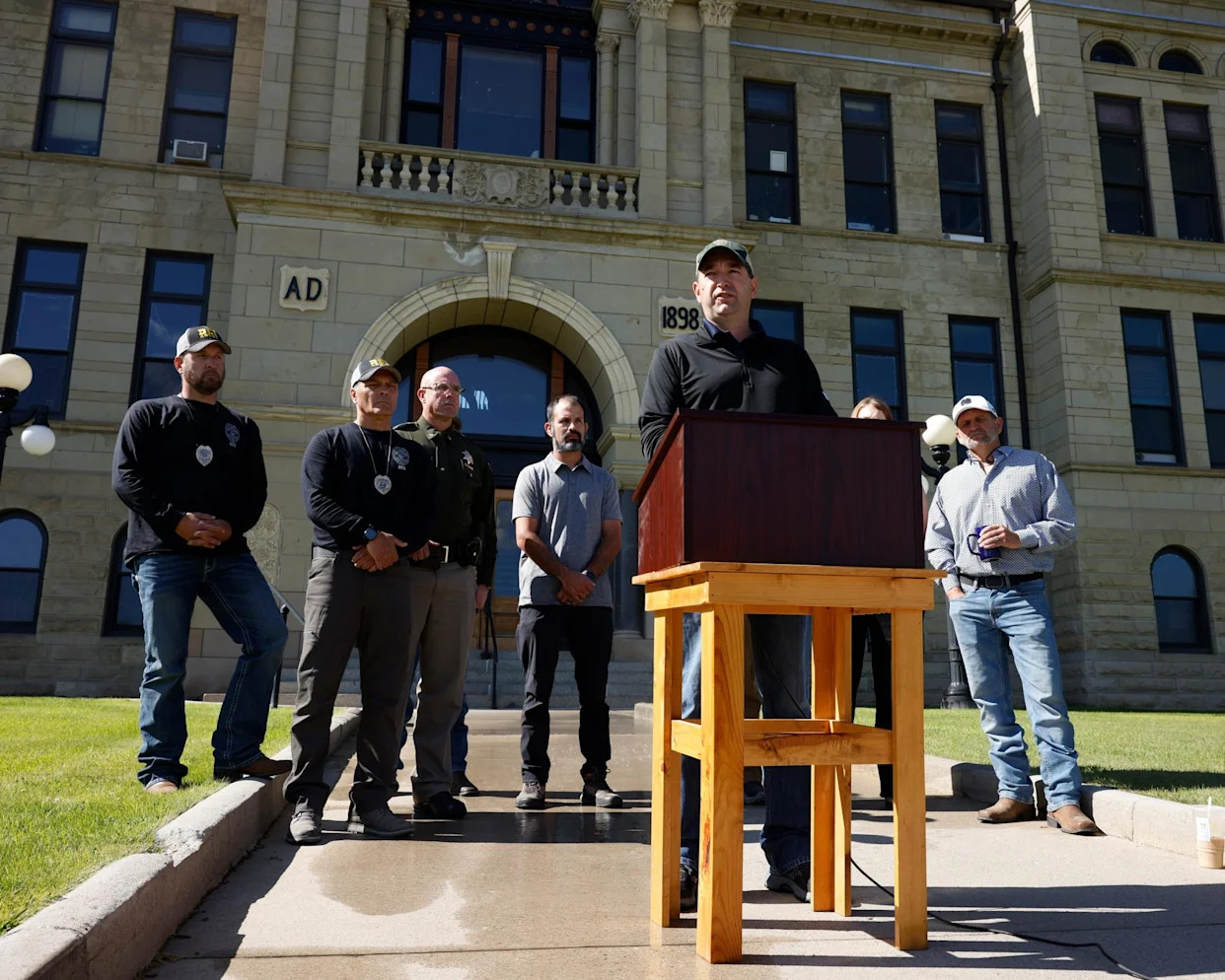We've all heard the saying, "You are what you eat."
But it's true — literally — for a bald eagle that was gravely injured in northwest Wisconsin last fall.
The eagle avoided her brush with death with the help of Wisconsin veterinarian Dr. Kim Ammann, founder of Winged Freedom Raptor Hospital in Spooner. Ammann used a cutting-edge fish skin graft to close the bird's leg wound, saving her life with what might have otherwise been her prey.
In June, about 100 people gathered at the local elementary school to watch the eagle take flight after nearly 10 months of recovery at the volunteer-run, community-funded raptor hospital. Ammann's beloved Kere, named after the Icelandic company Kerecis that created the fish skin graft, swooped low over her before flying away in what was perhaps a final gesture of thanks.

"She was very special," Ammann said. "Now she can decide where to go, what lake to fish on ... and get back to life as she knew it."
Kere was brought to the raptor hospital in September 2024 after being found at a campground in Hayward with a gaping, days-old leg wound that Ammann suspects may have come from a conflict with another eagle. Infection had set in, as had maggots, and the vet briefly wondered if the best thing to do was to humanely euthanize the bird.
But after seeing Kere could stand on the leg and still had fully functioning toes, Ammann decided to get creative. She found Kerecis through an internet search and the company overnighted her its product, made from sustainably sourced North Atlantic cod skin, which has thus far mostly been used on humans.
Kere received the first fish skin graft in October. The material looks similar to a fishnet stocking, Ammann described — and smells a little fishy too. Once stitched over Kere's wound, the fish skin slowly dissolved into the wound bed, leaving behind collagen and nutrients to help the bird regrow her own skin in its place. After the piece of fish skin was gone, Ammann would apply another.
On the hospital's Facebook page, she estimated she applied about a dozen skin grafts and changed Kere's bandages more than 50 times before Kere was ready to be released back into the wild.

It was the first time Kerecis's product had been used on an eagle. But now, Ammann has used it on another with a more minor injury, as well as on a great horned owl and some smaller hawks. She said she's typically skeptical of new treatments and steers clear of anything proclaiming to be the latest and greatest — but in this case, it was well worth the try.
The hospital, which opened a few years ago and treats about 200 raptors annually, doesn't band the birds it releases, so it's likely Kere won't be seen again if she stays healthy. But if she ever shows back up, Ammann said she'd recognize her by a tiny scar visible only when the bird stands up tall.
Though Ammann is deeply grateful to Kerecis for the fish skin treatment — and her community is quick to credit her with taking such good care of the bird — she said the real driving force behind the incredible recovery is Kere herself.
All raptors have unique personalities, Ammann said. Kere was tolerant and trusting. As long as she could see what hospital staff were doing, she stayed relaxed and left her bandages alone while her wound healed and skin tissue grew back.
"She was remarkable," Ammann said. "It wasn't the product. It was her."
More: Smith: Eagle project strikes gold in Wisconsin's Driftless Area
More: Smith: Eagles get a second chance thanks to Raptor Education Group, Inc. in Antigo
Madeline Heim covers health and the environment for the Milwaukee Journal Sentinel. Contact her at 920-996-7266 or [email protected].
This article originally appeared on Milwaukee Journal Sentinel: Bald eagle in Spooner, Wisconsin saved by cutting-edge fish skin graft






Comments